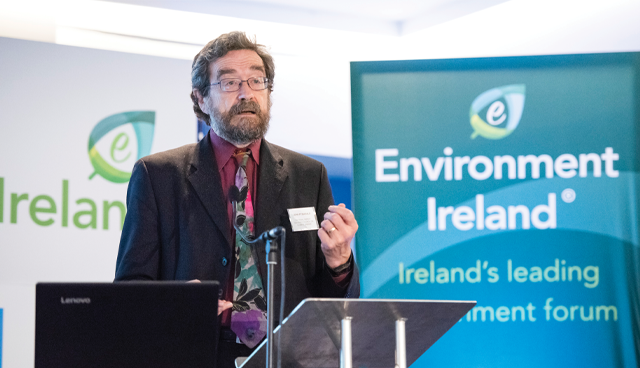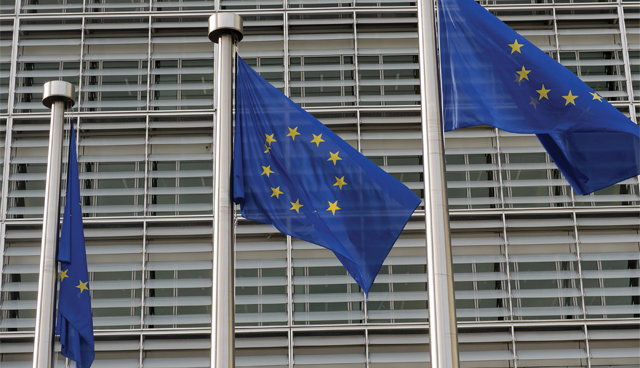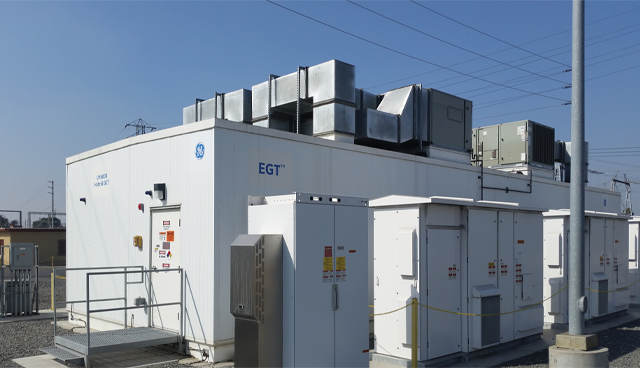
Transforming the grid
8th December 2020
Decarbonising Ireland: The energy challenge
7th December 2020Energy storage and the grid

Innovative energy storage solutions will play an important role in ensuring the integration of renewable energy sources into the grid in the EU at the lowest cost, according to a new study published by the European Commission.
“An appropriate deployment of energy storage technologies is of primary importance for the transition towards an energy system that heavily relies on variable RES technologies to be a success,” states the independent study funded by the Commission.
Published in March 2020, the study on energy storage estimates that 97GW will be necessary for Europe for 2030, including large development of stationary batteries. The report found that pumped hydro storage is currently the main energy storage in Europe but that new battery projects are rising as prices “plummet”.
Of electrochemical storage projects, Lithium-ion is in the majority but the report cautions that theoretical specifications submitted to grids may be relatively optimistic compared with their use at nominal conditions. Germany leads on the number of operational electrochemical facilities but the study notes a number of important projects in Ireland.
The study was based on a need to understand which of the technologies are most likely to have an important role in the future and to detect the potential barriers to their development. Additionally, it proposes an updated regulatory framework and policy actions to allow the relevant flexibility solutions to successfully penetrate the market.
Running a range of scenarios, the study forecast that based on policies already agreed across member states, electrolysers do not appear to be competitive solutions to provide flexibility to the power system. However, it does qualify that if deployment was to materialise in 2030, driven by indirect electrification of end-uses in the industry or heating sectors, then they could provide flexibility.
In separate scenarios out to 2050, where the deep decarbonisation of different sectors including industry, transport and heating, around 550GW of electrolysers would be required to satisfy the demand of green hydrogen.
“Combined with the flexibility offered by the end-users’ of hydrogen and e-fuels, or with direct use of hydrogen or gas storage facilities, electrolysers will be able to provide important levels of flexibility to the power system,” the study finds. It also outlines that the deployment of EVs using smart charging strategies, combined with short-term thermal storage, will also enable the demand-side to provide daily flexibility to the power system.
Interestingly the report finds that in a deep decarbonisation scenario out to 2050, the requirement for pumped hydro storage and batteries will be lower in 2050 than in 2030 due to competition between various flexibility sources.
The report included a range of policy recommendations for energy storage including the addressing of barriers, examples of which are given as public guidance and support, electricity market design and grid aspects. “The most important barrier is the lack of a viable business case for many energy storage projects,” it states, adding “the cost and technical performance of storage technologies gradually improve their viability, which in the long-term will significantly improve the business case, and already has for several technologies.”
However, for the shorter term it says that various policy barriers still hamper the development for energy storage in the EU, leading to uncertainty concerning the revenues streams to cover project costs and risks.
To that end, it suggests that the main responsibility of policymakers is to provide an enabling environment and level playing field “in order to enable storage to participate in energy and ancillary services markets as well as in eventual capacity mechanisms, and to be remunerated in a transparent, non-discriminatory way”.
“Adequate energy price signals should also guide the investment and operational decisions of private actors,” it adds.
The European Commission, ACER and other EU authorities should prioritise policy measures that address barriers to storage identified in the majority of all member states and that hinder the deployment of several storage technologies and applications, the report recommends. Importantly, however, barriers specific to only a few member states should be addressed at the national level, it adds.
“At the EU level, upcoming revisions of EU instruments relevant for energy storage provide an opportunity to address barriers where EU action would be adequate. Actions under the European Green Deal should also consider storage, where appropriate.”
Clean Energy Package for all Europeans (CEP)
A definition of storage is provided in the new Electricity Directive, however, at present most EU member states do not yet have a coherent definition of storage nor have transposed the Directive, and definitions in secondary legislation often are not aligned with the rest of the legal framework. To this end the report recommends that “member states should ensure that storage is coherently defined across the national legal framework”.
The report also recommends the elimination of double charging in the form of grid tariffs during storage charge and discharge, describing them as detrimental.
Member states should develop a policy strategy for storage based on an assessment of the system flexibility, adequacy and stability needs, and of gaps in national regulatory frameworks. “An appropriate identification of the flexibility needs per country and per timescale is key to assess the possible contribution of storage technologies in the future,” the report states.
The report specifies that specific EU action is to be considered to encourage/develop harmonised standards for device communication and system operation.
“Currently, the digital layer of battery management systems, notably application programming interfaces, is often based on proprietary solutions, and a move to open interfaces would be desirable,” it states, recommending that EU organisations and member states should guarantee the interoperability of flexibility resources and access to data.
Finally, the report highlights that the EU’s Clean Energy Package did not address the issue of energy taxation. “EU institutions and member states should increase the energy and greenhouse gas reflectiveness of taxation, and eliminate the double taxation of stored energy.
“The upcoming revision of the Energy Taxation Directive (ETD) is pivotal, not only for the development of energy storage, but also to foster low-carbon energy technologies in general. The increasing system integration will also require the elimination of diverging taxation levels across energy sectors and carriers, in order to avoid cross-sectoral distortions regarding taxation or the internalisation of carbon costs, and to seize the synergies between the electricity, heat and gas sectors.
“Only storage losses should be subject to taxes in order to stimulate highly energy-efficient processes,” the report concludes.

